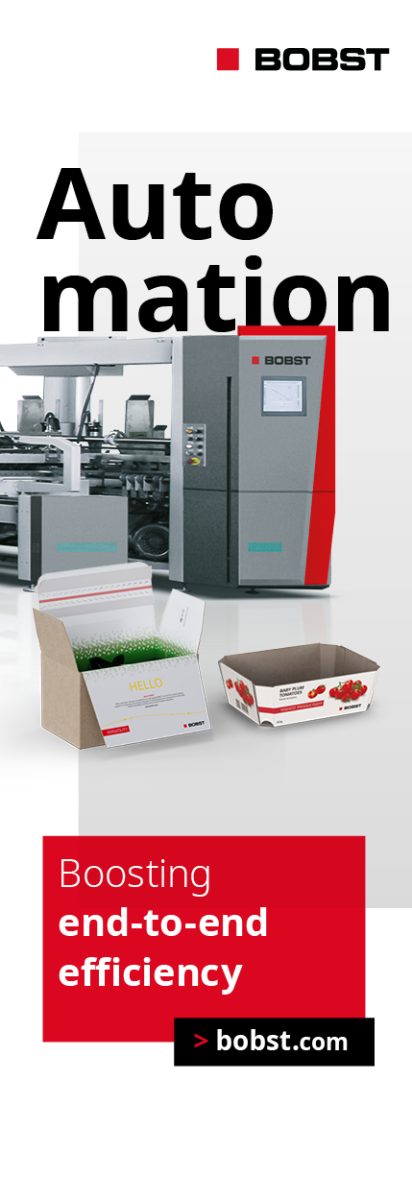Demand for corrugated is set to dip in the next four to five years, according to packaging industry researchers at NOA-PRISM. But the dip could be short-lived, as corrugated finally begins to make inroads into the domain of plastic as the preferred packaging material.
Neil Osment, managing director at NOA-PRISM, said the current demand for corrugated, which has been growing year-on-year by as much as 4%, won’t be sustained.
“Demand for ecommerce packaging has been growing hugely and has contributed significantly towards high demand levels for brown corrugated papers,” he said. “But with the focus on light weighting, ‘right sizing’, sustainability and an overall drive for a reduction in packaging, the pressure for reducing paper packaging will lead to an overall slowing in the growth of paper volumes, both by area as well as tonnage.”
The company’s market research has also shown a shift from SRP (standard format shelf-ready packaging), as consumers fall out of love with out-of-town retailing, towards SFSRP (single facing shelf ready packaging), with the rise of smaller, metro-style supermarkets. This is also likely to lead to a levelling off of demand for white paper volumes around 2020/21.
He continues, “In the long-term, we believe both white and (more significantly) brown or unbleached papers are likely to slow in growth from the heady days of 2017/2018, to more modest growth by around 2020/21.”
While pressure to switch away from plastic will fuel demand for corrugated, this impact won’t be felt until the longer term, according to the analysis. “We believe it will take around ten years for corrugated to penetrate plastic volumes, mainly because expensive machinery that automatically packs product using plastic packaging solutions will only gradually be replaced by brand owners. So the slowing in demand for bleached and unbleached papers in four to five years time, coupled with the delayed upturn presented by switching from plastic to fibre-based solutions in ten plus years, is likely to lead to a low in the next half decade in the growth for corrugated.”



